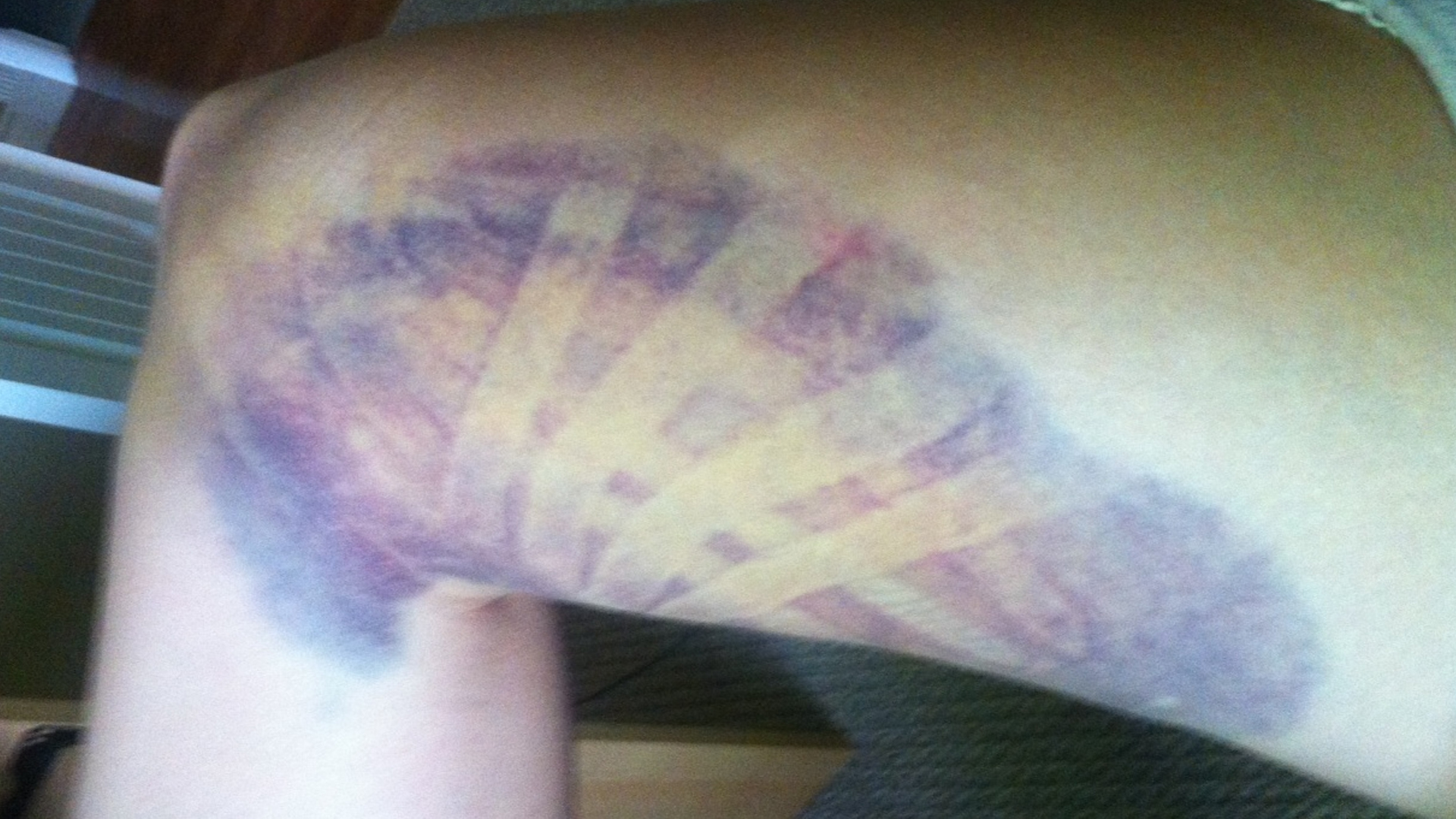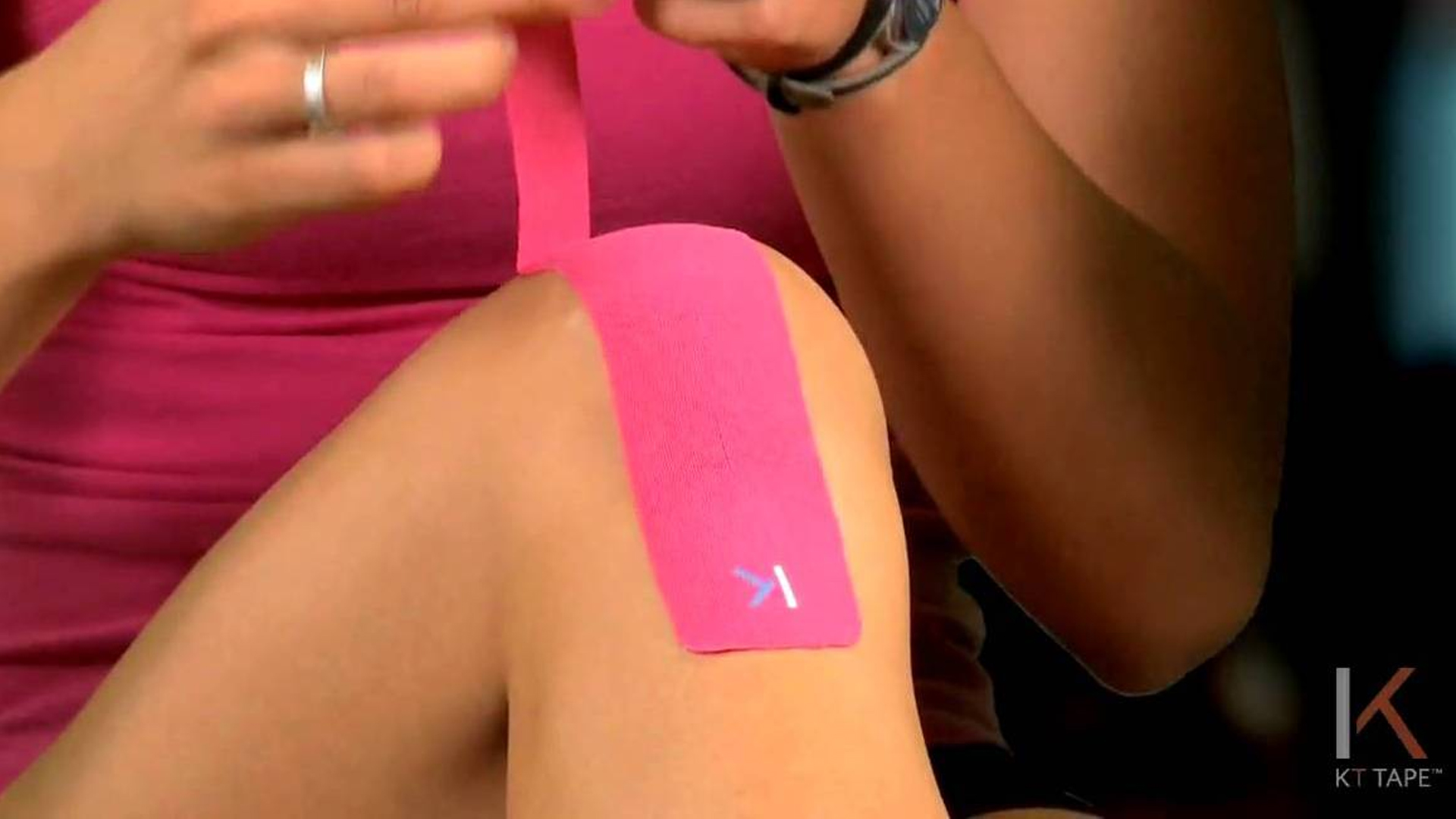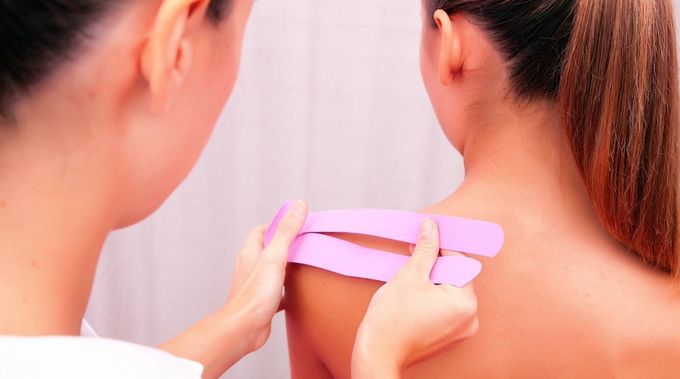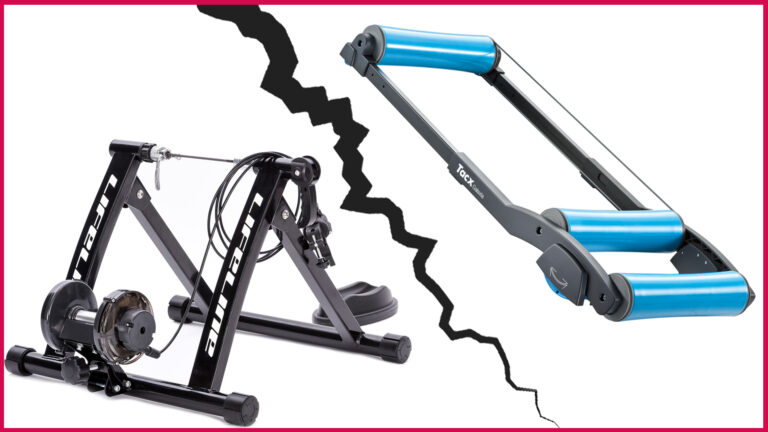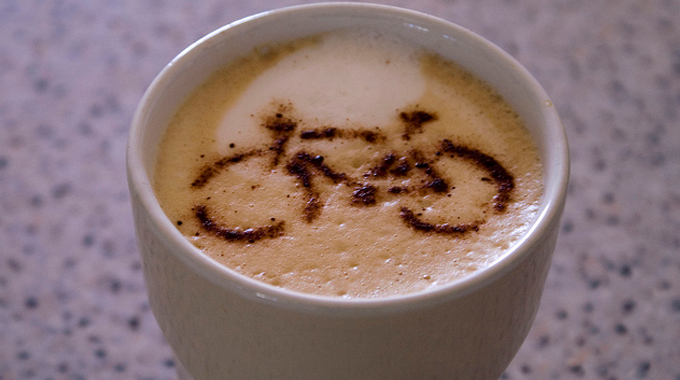Colourful strips of tape are a common sight in the peloton and many amateur athletes have turned to the treatment in recent years.
Kinesiology tape uses strips of stretchy, sticky fabric to support muscles during movement – most common uses are:
> Preventing injury, by supporting muscles
> Enhancing performance
> Treating an existing injury

The treatment was discovered in the 1970s by Japanese chiropractor Dr Kenzo Kase. Dr Kase is behind the leading brand Kenisio Tape, but there are now a number of brands such as “Rock Tape” and “More Mile” that provide a similar solution.
Despite widespread use, the treatment is surrounded by a fair amount of cynicism. A 2013 study by researchers A. Kalron and S. Bar-Sela concluded: “There is no firm evidence-based conclusion of the effectiveness of this application.”
They stated more research was needed but did find in 3 of 6 cases patients using Kinesio tape “reduction of pain was superior to that of the comparison group”.


